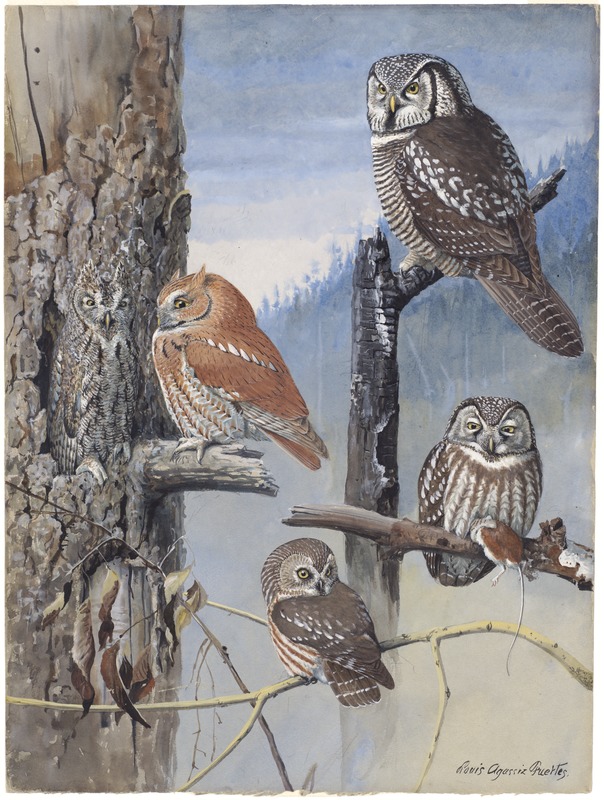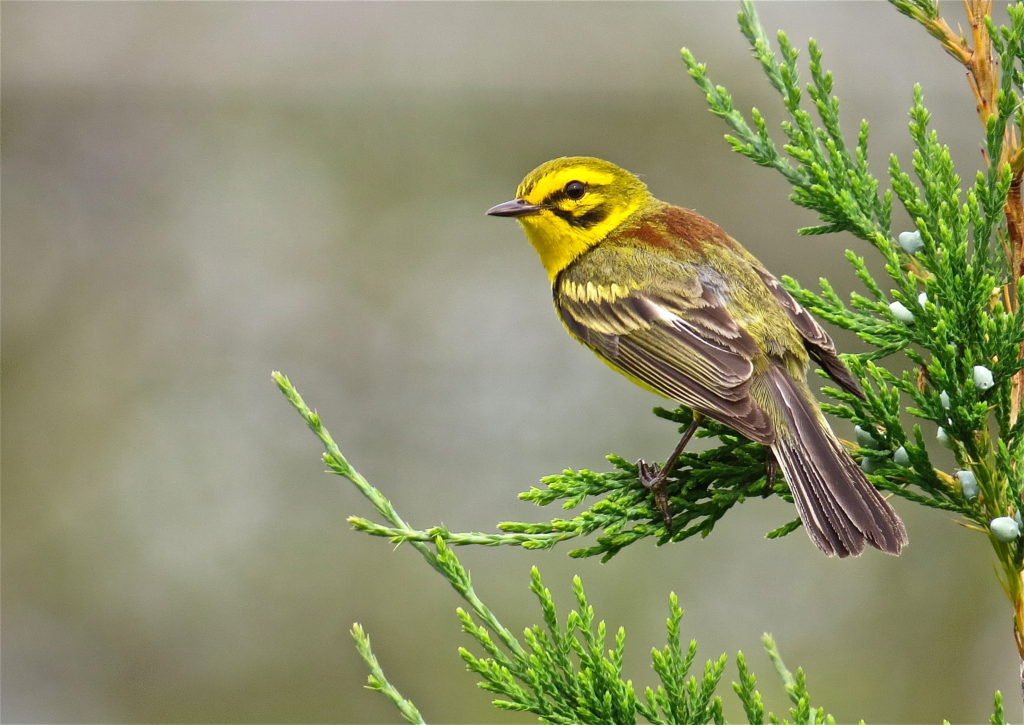As most beginning—and even intermediate—birders can attest, learning to identify bird songs is a daunting, but crucial undertaking as oftentimes a bird is heard and not seen.
The folks over at Wildlife Acoustics, in collaboration with David Sibley, have created an app called SongSleuth that will open up your birding world. The app listens to the songs of birds singing around you and suggests three birds that you are likely hearing. While it is not yet springtime in Massachusetts, we’ve tested the app this week and it has correctly identified some early-singing Black-capped Chickadees and Dark-eyed Juncos.
The features don’t stop there, though. The app also includes bird ID references by David Sibley, allows you to store your bird song recordings in your own personal library, and it even shows you what the song looks like on a spectrogram.
To help users quickly become experts at using the app, Wildlife Acoustics and David have put together a detailed walk-through video and FAQs. They strongly advise that first-time users thoroughly read through the instructions and watch the video.

Fun fact: the Bobolink’s song sounds a lot like R2-D2! Photo © Knut Hansen


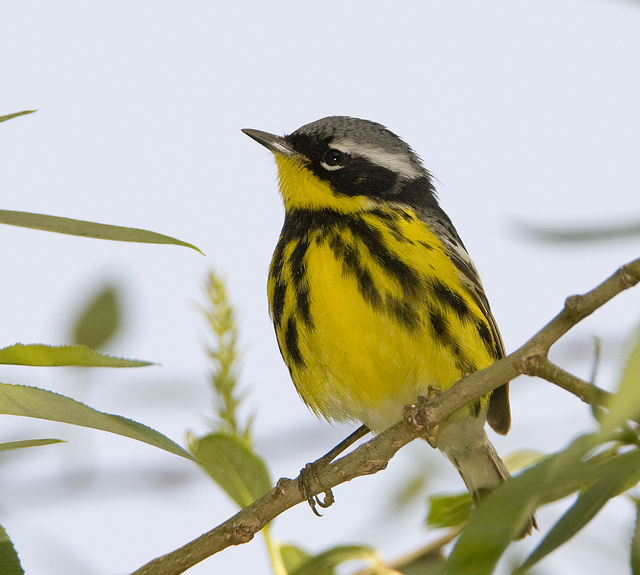
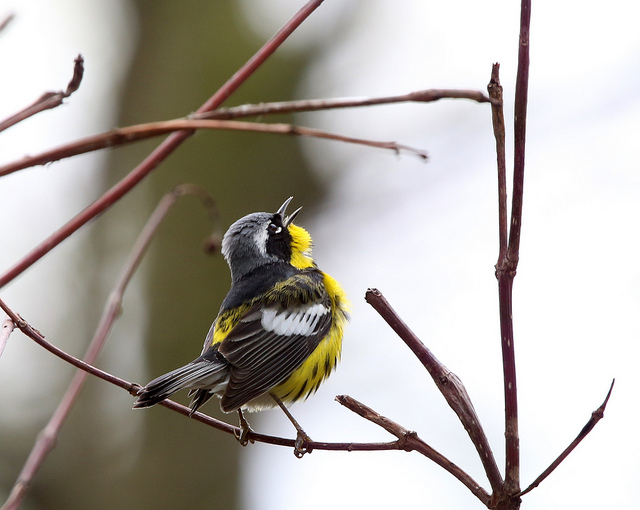
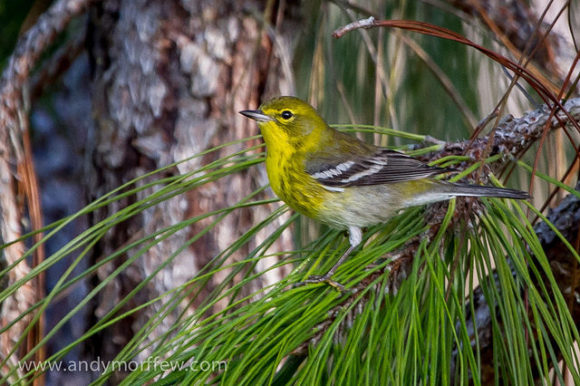
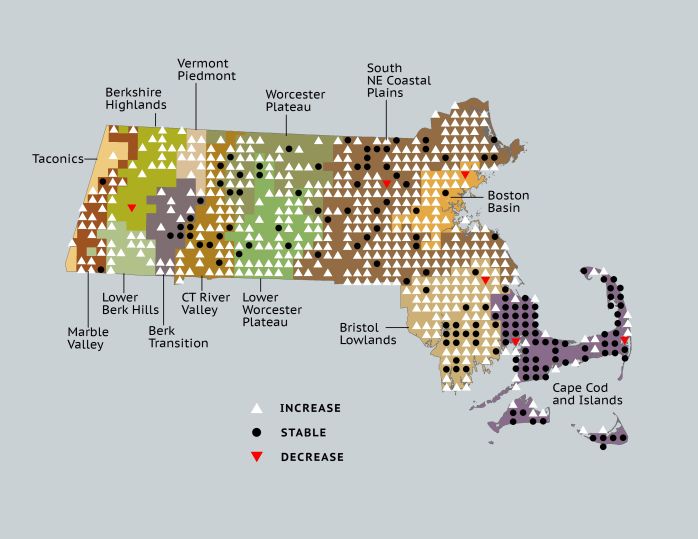
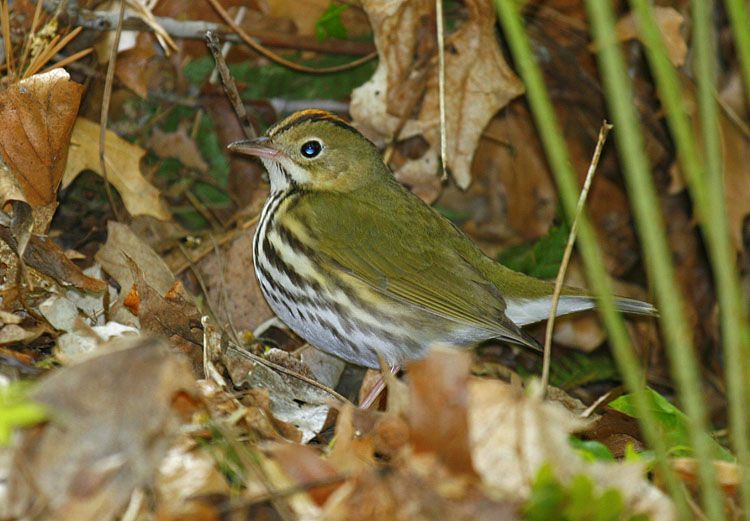
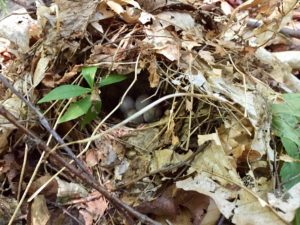
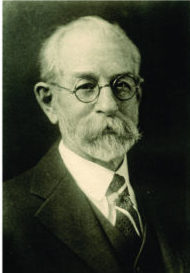 In ornithology, as in most disciplines, there are inevitably “giants” whose profiles stand taller than those of their peers. Such a figure was Edward Howe Forbush, a prominent Massachusetts ornithologist living from 1858–1929.
In ornithology, as in most disciplines, there are inevitably “giants” whose profiles stand taller than those of their peers. Such a figure was Edward Howe Forbush, a prominent Massachusetts ornithologist living from 1858–1929.